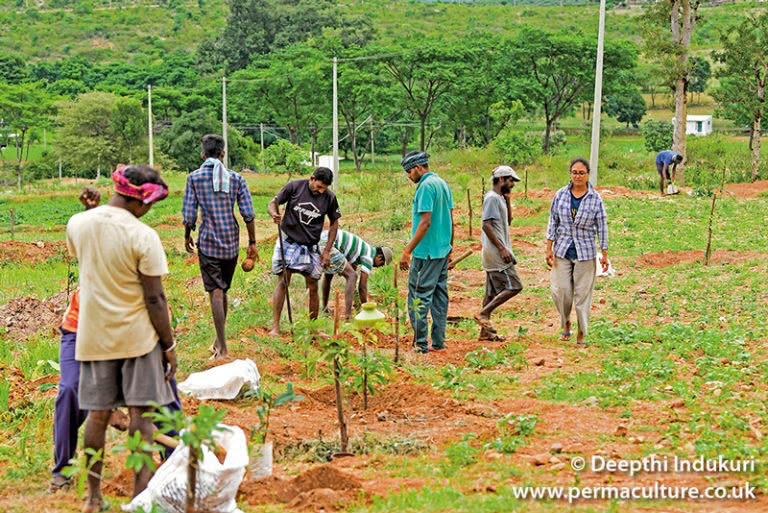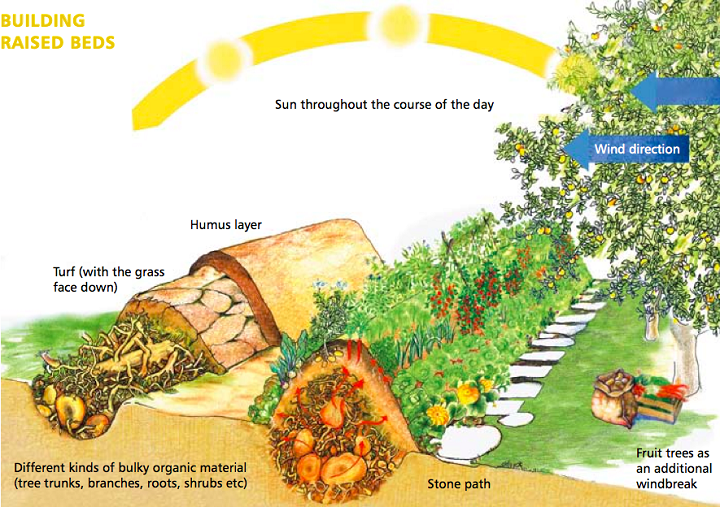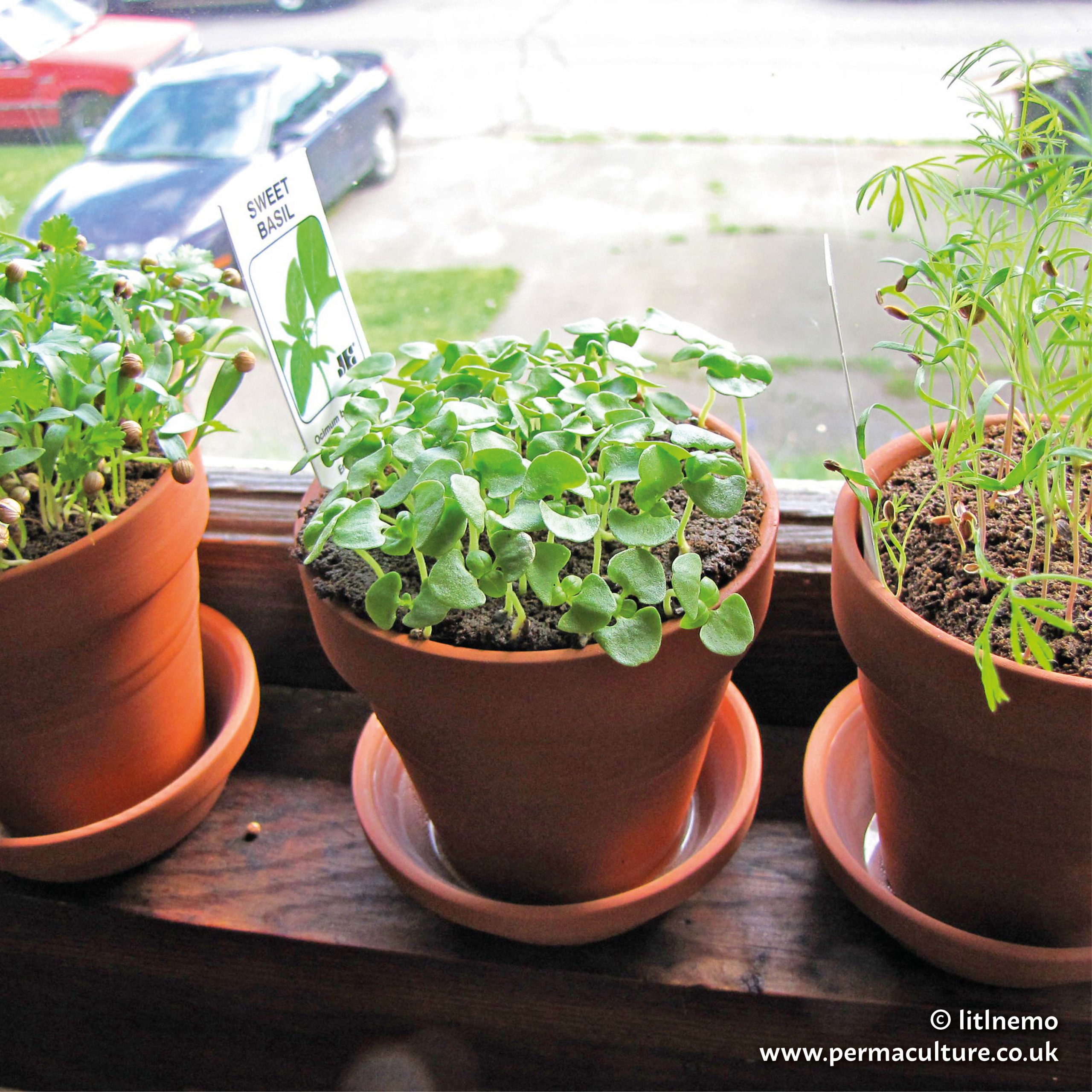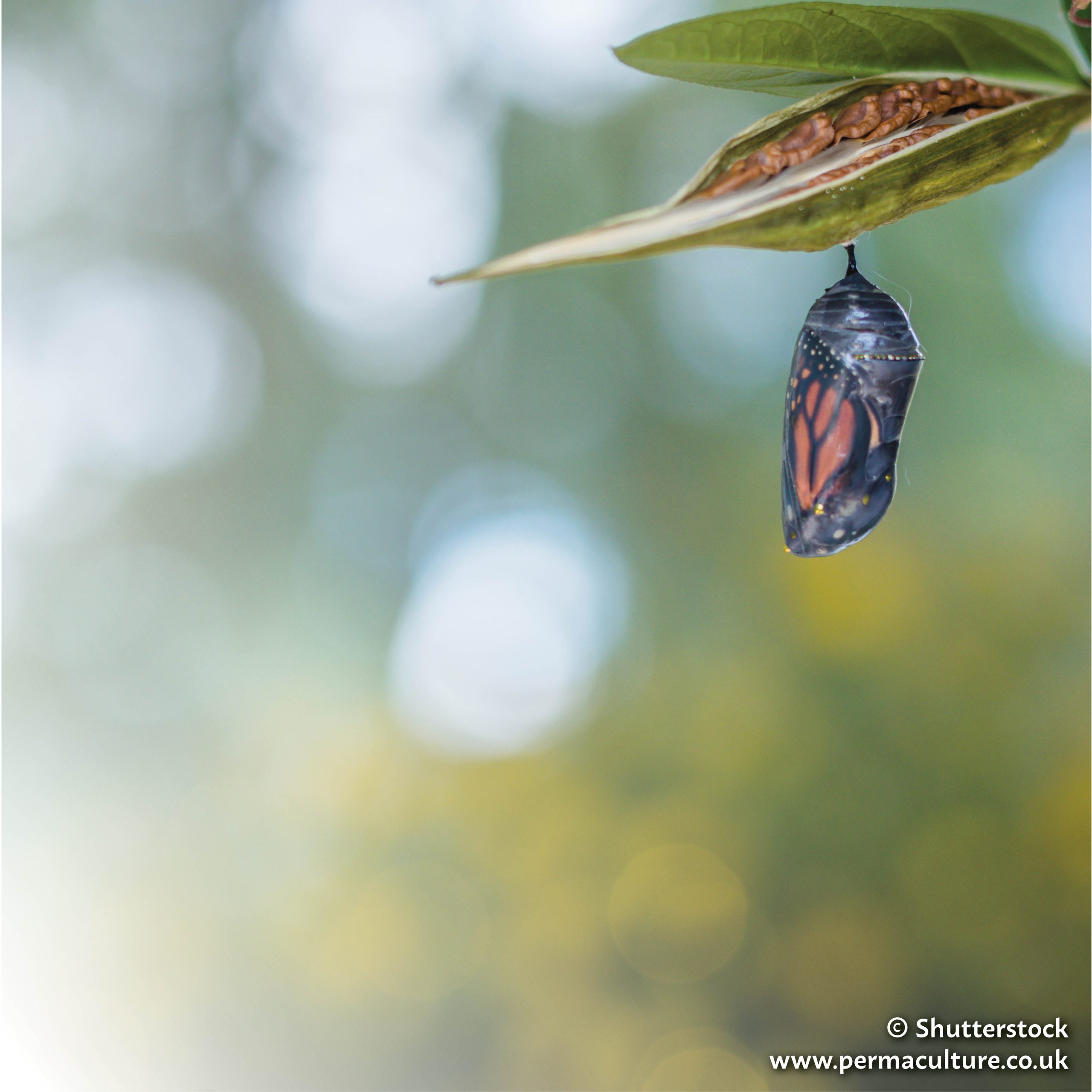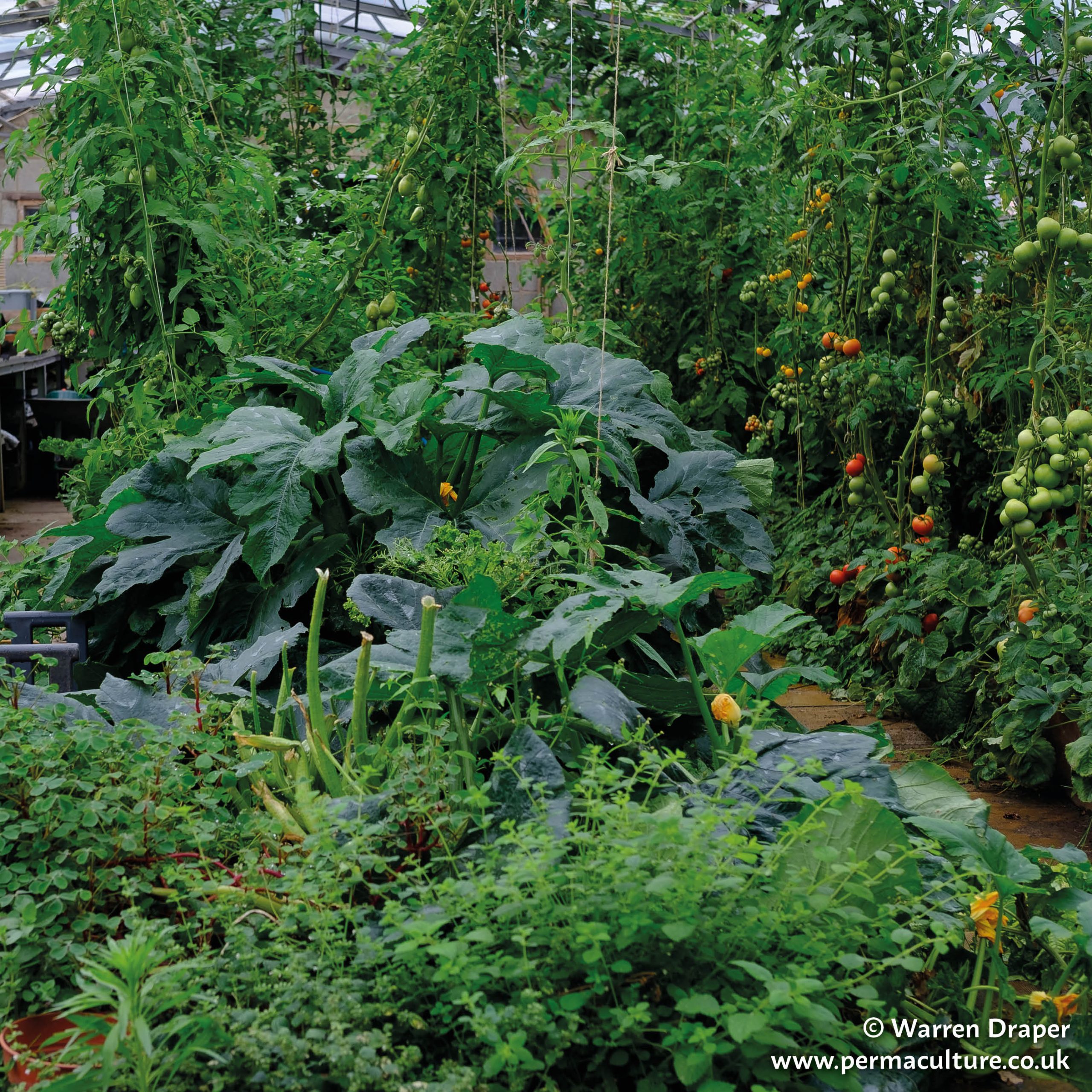Scots pine (Pinus sylvestris) is a stately conifer tree with aromatic needles and bark providing antiseptic and anticatarrhal effects.
Alternate names: Norway pine
Parts used: Needles, bark and resin
Scots pine is a large evergreen pine growing fast up to 35m tall by 10m wide. It is monoecious with both sexes of flowers on the same plant. The flowers appear in May and are wind-pollinated. Cones develop the following season and ripen in March to June.
European woods from temperate Asia to southern Scandinavia.
Most pines and related conifers produce aromatic bark and needles and some resin. Smaller growing pines to consider include P. parviflora, the Japanese white pine, growing to 15m by 6m and hardy to USDA zone 5b (UK zone 5), or P. mugo, the dwarf mountain pine up to 4.5m by 3m. A pine that is tolerant of alkaline conditions is the Italian stone pine (P. pinea) growing to 10m.
Scots pine is hardy to USDA zone 2 (UK zone 2) and tolerates drought and pollution. It grows best on light and acid soils and is short-lived on a shallow soil over chalk. Fairly shade tolerant, the pine soon overtakes other trees. Like most conifers, the pine does not readily coppice or pollard, since woody growth ceases if the leading stem is removed. However, the fresh shoot tips on branches (known as candles) can be pinched out in spring to produce a bushier plant. If a whole branch is removed then it is best to cut back close to the trunk, taking care not to damage the trunk itself.
Pines are liable to honey fungus as well as a number of blights and rusts.
Sow ripe seed in individual pots in a cold frame. Cold stratification of six weeks at 4oC (39oF) can improve the germination of stored seed. Plant seedlings out into their permanent positions as soon as possible and protect them for their first winter or two. Plants have a very sparse root system and the sooner they are planted into their permanent positions the better they will grow. Cuttings can be taken only from very young trees less than 10 years old.
Pine needles can be harvested any time of year; ideally young needles are gathered in spring from pruned branches. Sap is harvested in the spring from v-shaped notches in the trunk bark. Pine sap exudes from the trunk of pine trees where they have suffered damage, and this stiffens to resin as it dries. The resin can be pried off with an old knife, aiming not to remove resin directly from the damaged area. Hard resin (it can be frozen) can be smashed into smaller bits with a hammer.
All pines have some medicinal effect, and the bark, needles and resin have been used for centuries across the continents. Sap was tapped from pine trees to produce turpentine, and pitch tars and resin were also obtained from the wood. The resin was used for an antiseptic ointment as well as cough cures, and a pine pillow can be made full of the needles or wood shavings.
Pine needles are antiseptic, antifungal, tonic, decongestant, anticatarrhal, diuretic and stimulant, especially useful in bronchitis or sinusitis as an inhalant.
Pine essential oil is used internally for a range of respiratory complaints including catarrh, and externally for rheumatic complaints. Pine essential oils including that from Scots pine have antimicrobial effects, particularly against Clostridium species of bacteria. An investigation of the effects of Scots pine needles on breast cancer cell lines found the greatest effects on cells responsible for tumours unresponsive to endocrine treatment and pine bark extract has been shown to have a high total phenolic content with toxicity against tumour cells. Considerable research has been carried out on extracts of the bark of the French maritime pine (Pinus pinaster subsp. atlantica) known as Pycnogenol. The fresh bark is extracted and then purified to a water-soluble powder with dosages of 20mg up to 200mg orally per day depending on complaint. Controlled clinical trials have shown evidence of improvements for blood circulation, blood pressure, platelet function and venous insufficiency.
For pine needle tea, pour a cup of boiling hot water over 1-2 tsp of fresh pine needles and stand for 15 minutes; take up to three times/day. The infusion can also be used as an inhalant, or use a few drops of essential oil added to boiling hot water, taking care with the steam. Pine tincture should be made with dried leaves and 40% alcohol to extract essential oils. Take up to 3ml twice a day. Pine resin is heated in a double boiler with twice as much oil till dissolved, then about 25% beeswax added to make a salve. Pine needles can be added to a bath for easing sore muscles.
The leaves and essential oil contain monoterpenes (particularly a-pinene, carene and limonene), and oleo-resins. The needles are also rich in vitamin C.
Pycnogenol is marketed for sustained relief in osteoarthritis. Pine oil is widely used as a disinfectant ingredient in cleaning products.
Pine essential oil should not be used in pregnancy or breastfeeding. The essential oil is not for internal use and avoid use around the face and eyes. Since pine preparations may intensify bronchial spasm, use is not recommended in bronchial asthma or whooping cough.
Scots pine is an important timber tree and is also grown for wood pulp. Can be grown as a windbreak. Pine resin can be burnt as incense, leaves made into smudge sticks.
—
This is an extract from Anne Stobart’s The Medicinal Forest Garden Handbook, an extensive handbook with practical information on growing, harvesting and using medicinal trees and shrubs sustainably in a temperate climate, whether for self-sufficiency or profit.
Alder Buckthorn (Frangula alnus) and its Medicinal Benefits
Benefits of Marshmallow (Althaea officinalis) – hand cream and face mask recipes
Anne Stobart is a medical herbalist and herb grower based in Devon, UK.
She is the author of The Medicinal Forest Garden Handbook and runs various medicinal courses.
